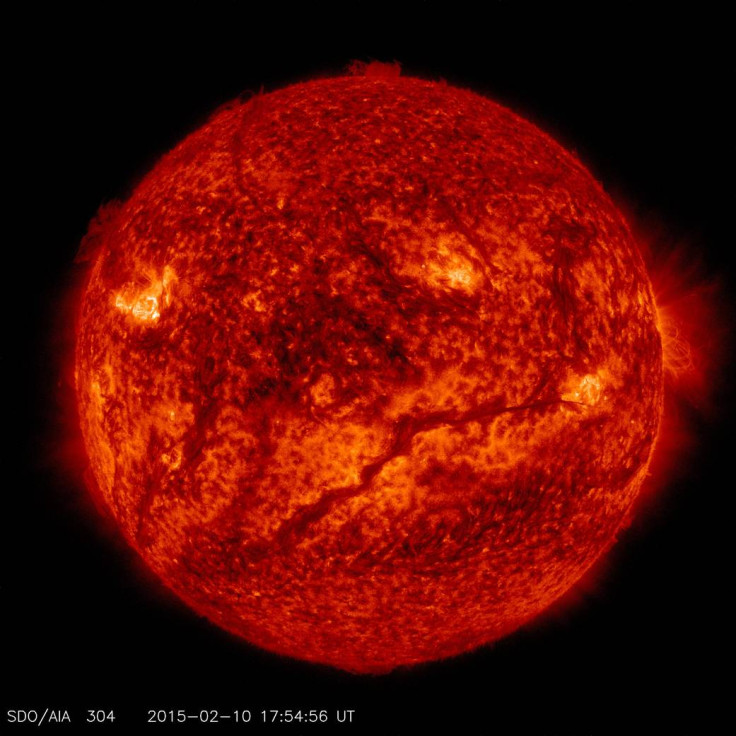Extreme laser could heat material to temperatures hotter than Sun's centre in 20 quadrillionths of a second

An extreme laser that – theoretically – could heat material to temperatures hotter than the sun's centre in just 20 quadrillionths of a second has been proposed by scientists. A team of researchers from Imperial College London say the lasers could heat material to 10 million degrees and has potential for research into thermonuclear fusion energy.
Researchers say the heating would be 100 times faster than anything currently seen in fusion experiments and they are now trying to put their method into practice. Reporting their findings in the journal Nature Communications, the team were looking for ways to heat up ions directly.
Ions are the particles that make up most of matter. Normally, lasers heat material via the electrons it targets, which in turn heat up the ions, making the process slower.
The scientists found that when a high-intensity laser is fired at specific types of material it creates an electrostatic shockwave that can heat ions directly: "It's a completely unexpected result. One of the problems with fusion research has been getting the energy from the laser in the right place at the right time. This method puts energy straight into the ions," said lead author, Dr Arthur Turrell.
Researchers have been using lasers to heat material in an effort to create fusion energy for many years. Being able to do this would unlock an energy source that was limitless, cheap and sustainable – it would effectively replicate the sun's ability to produce energy.
The problem of heating ions directly comes because normally these electrostatic shockwaves push the ions away, rather than heat them up. In the latest study, the scientists used sophisticated computer models to find that if a material has a certain combination of ions, they will accelerate away from the shockwave at different speeds, causing friction that makes them heat up rapidly.
Mark Sherlock, study co-author, explained: "The two types of ions act like matches and a box; you need both. A bunch of matches will never light on their own -- you need the friction caused by striking them against the box."
They said the reason the heating is particularly fast was because the material was so dense, meaning the ions squeezed together to make the frictional effect far stronger. "Although the heated volume is modest, this would be one of the fastest heating mechanisms discovered if demonstrated in the laboratory," the team wrote.
© Copyright IBTimes 2025. All rights reserved.






















